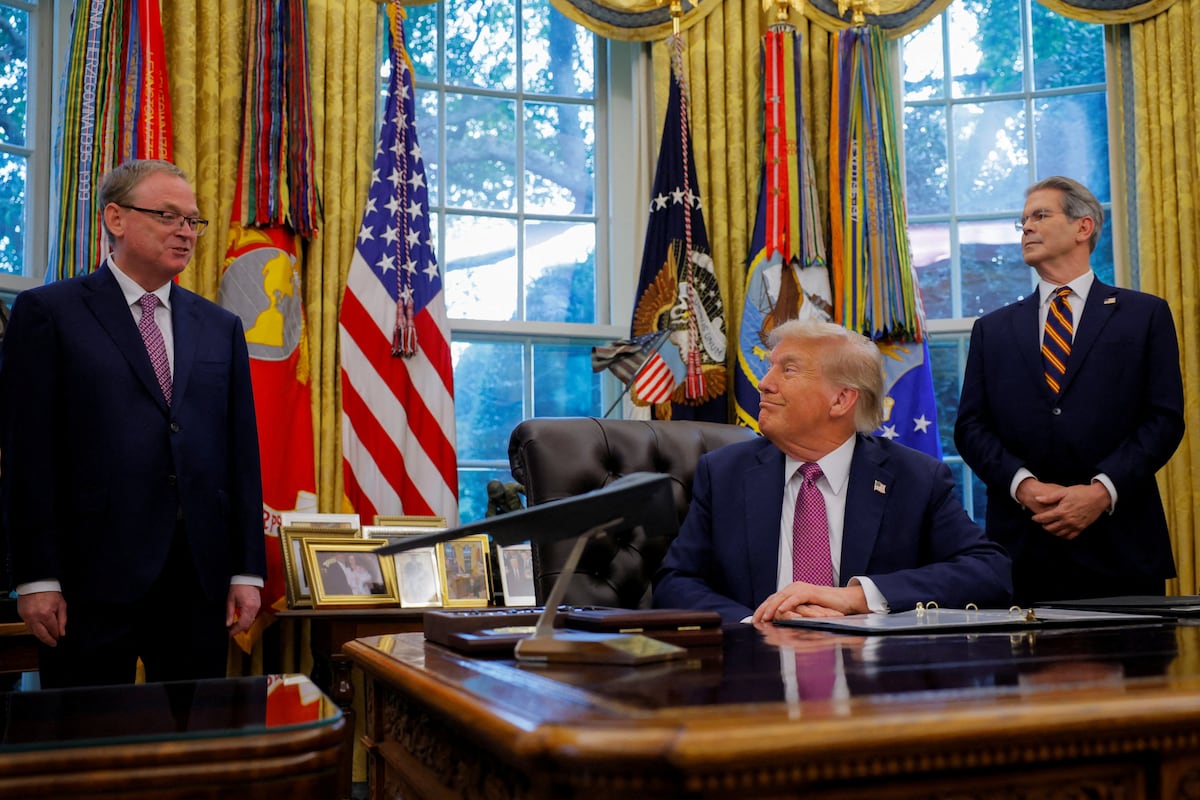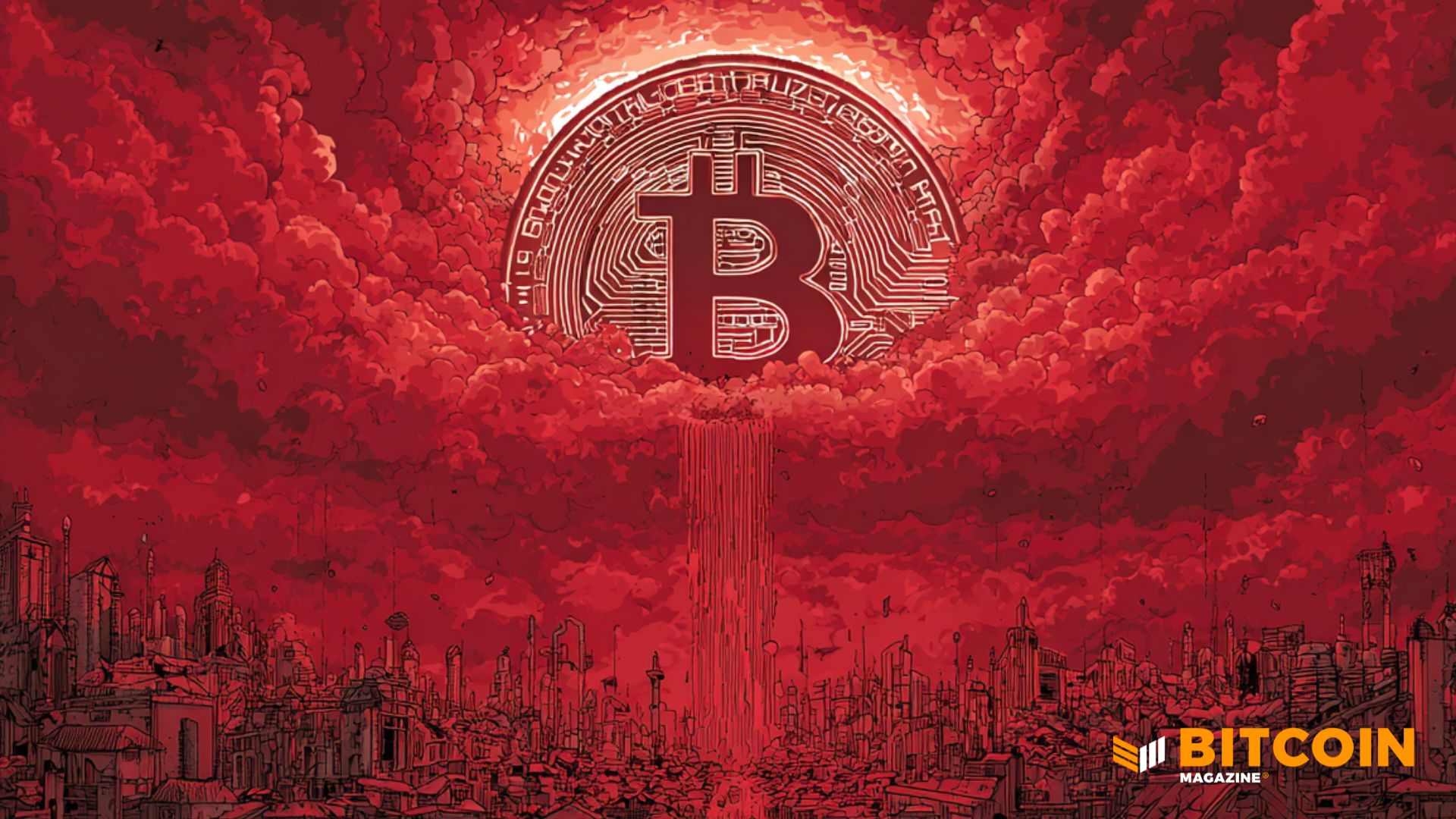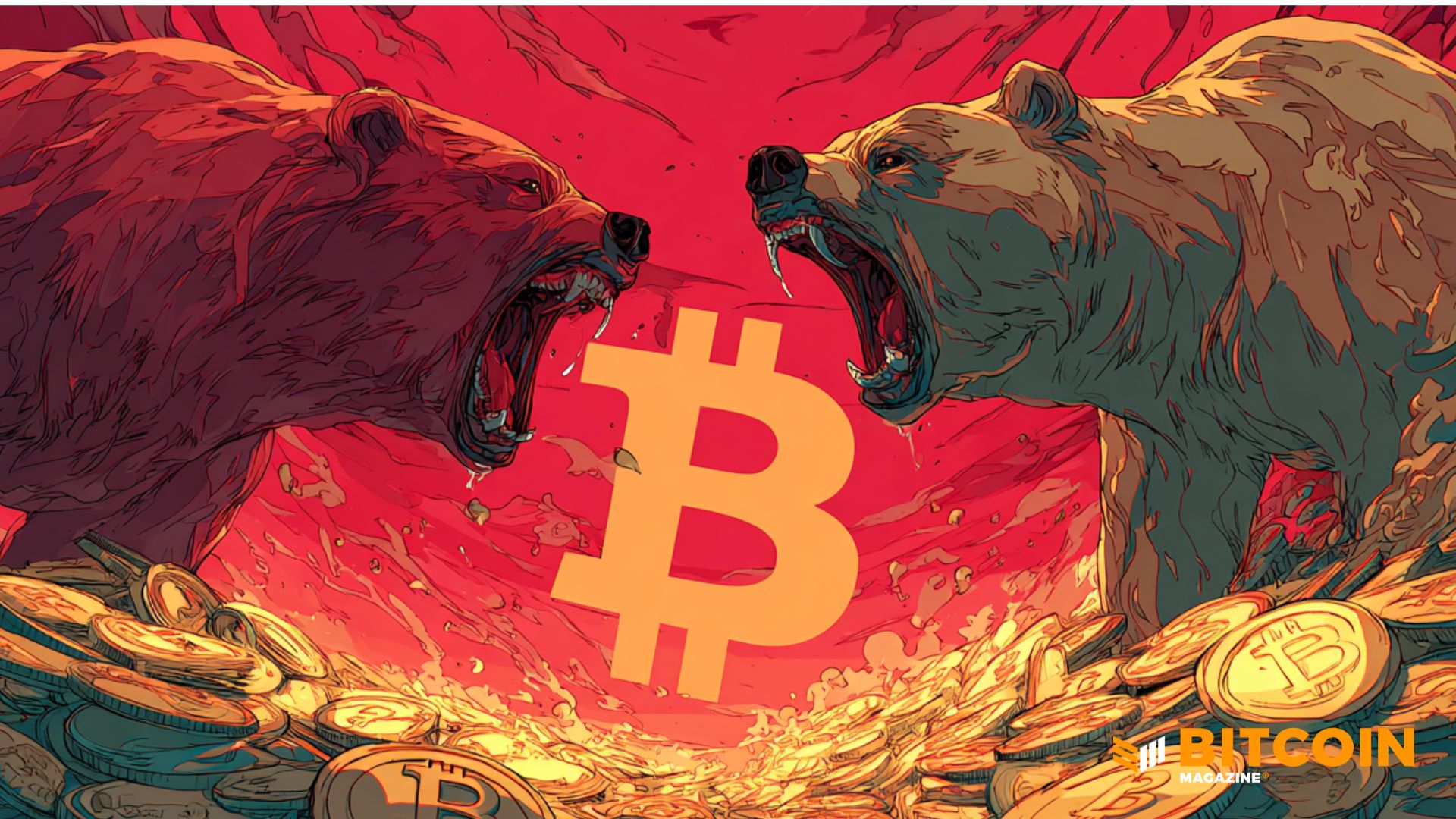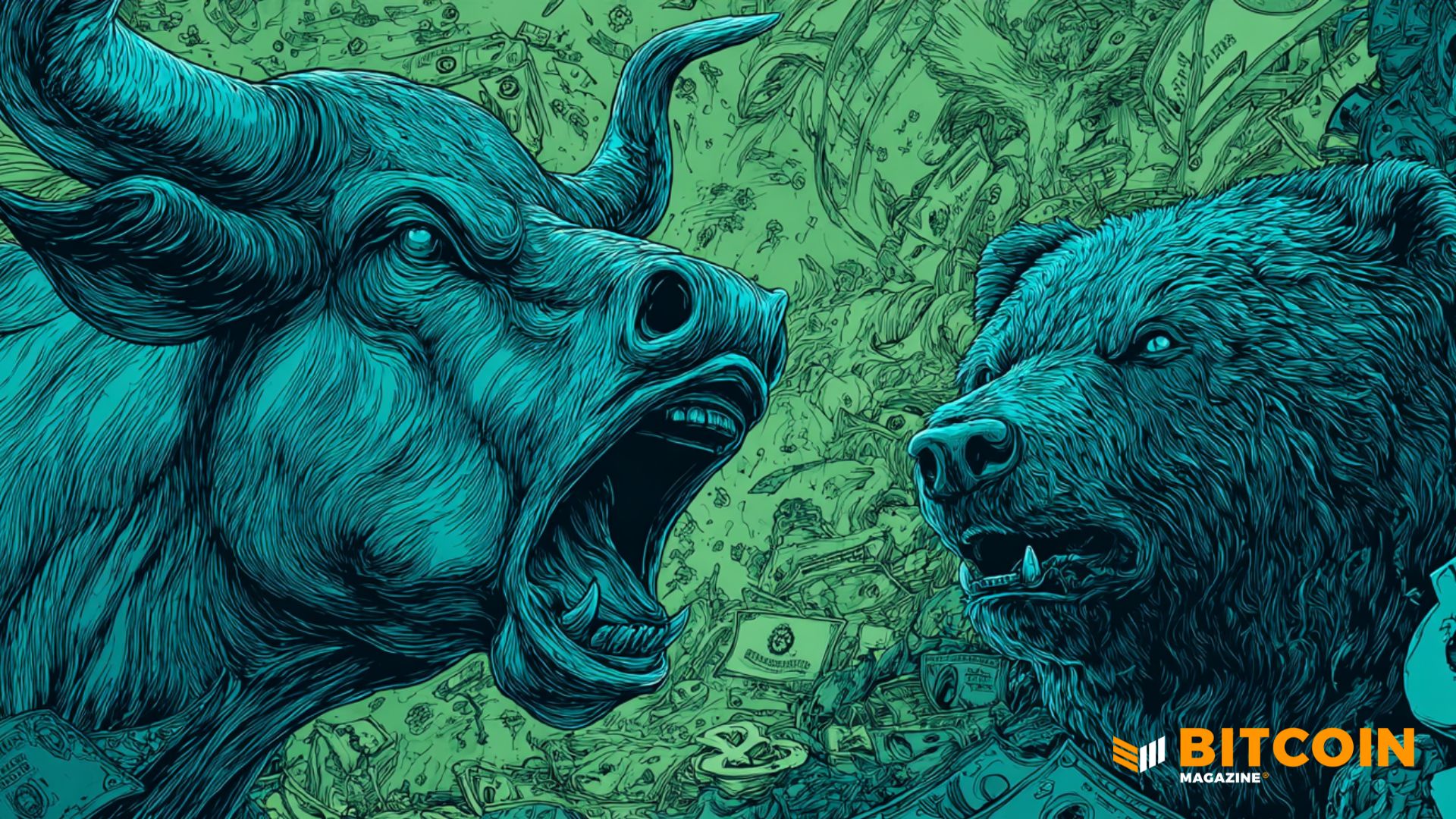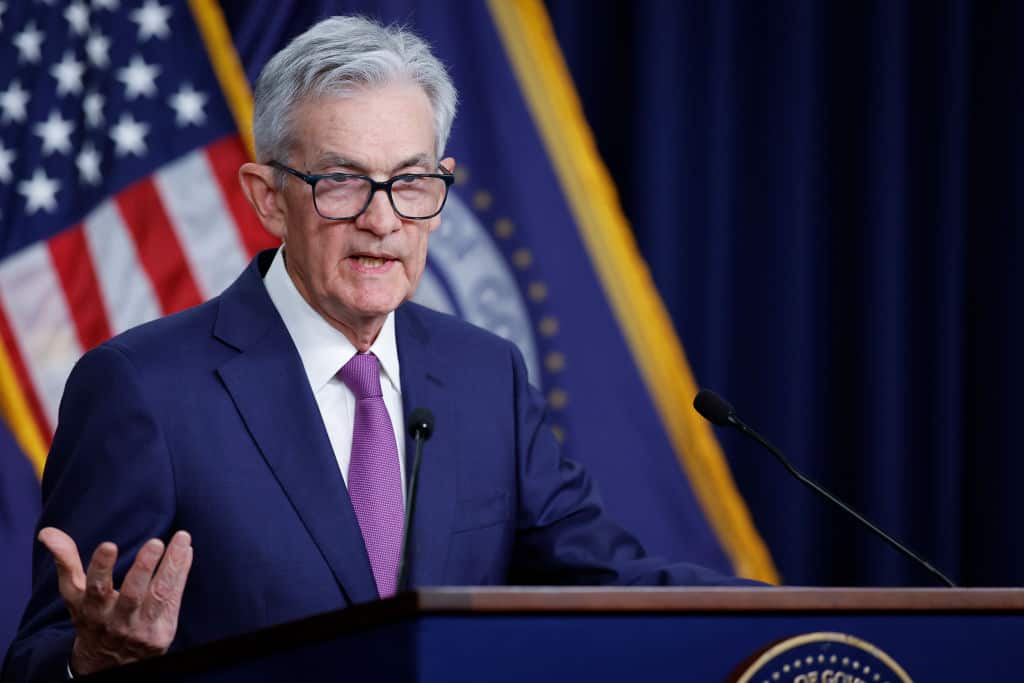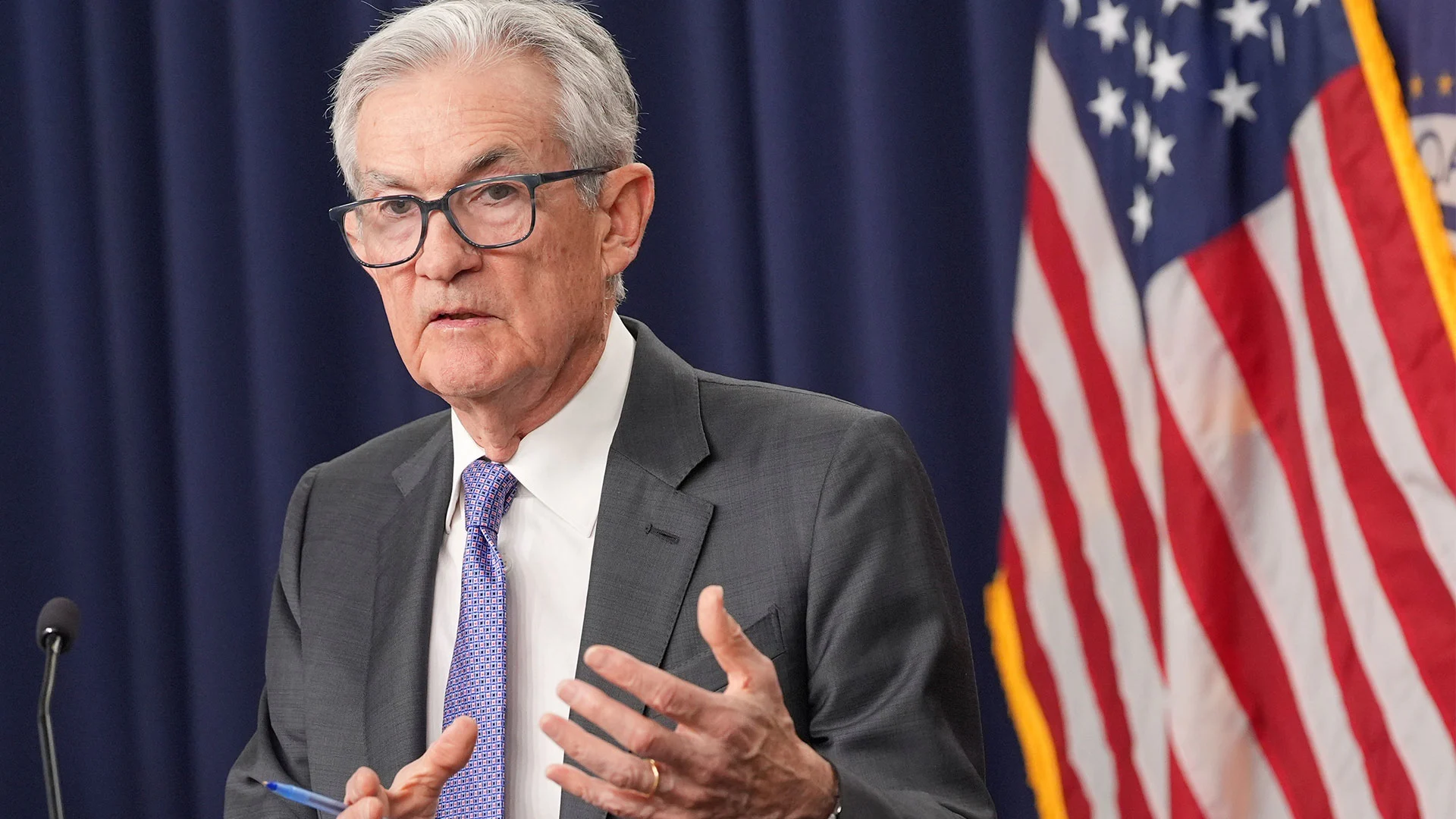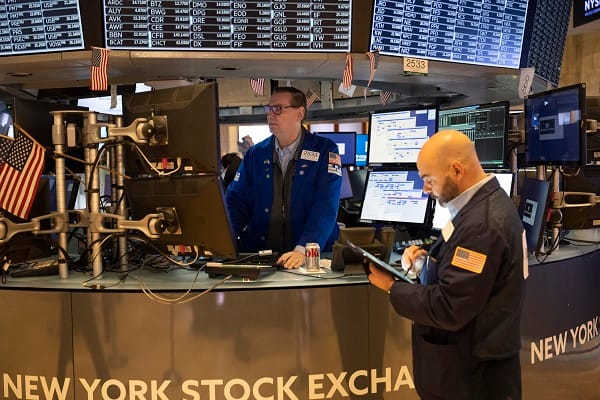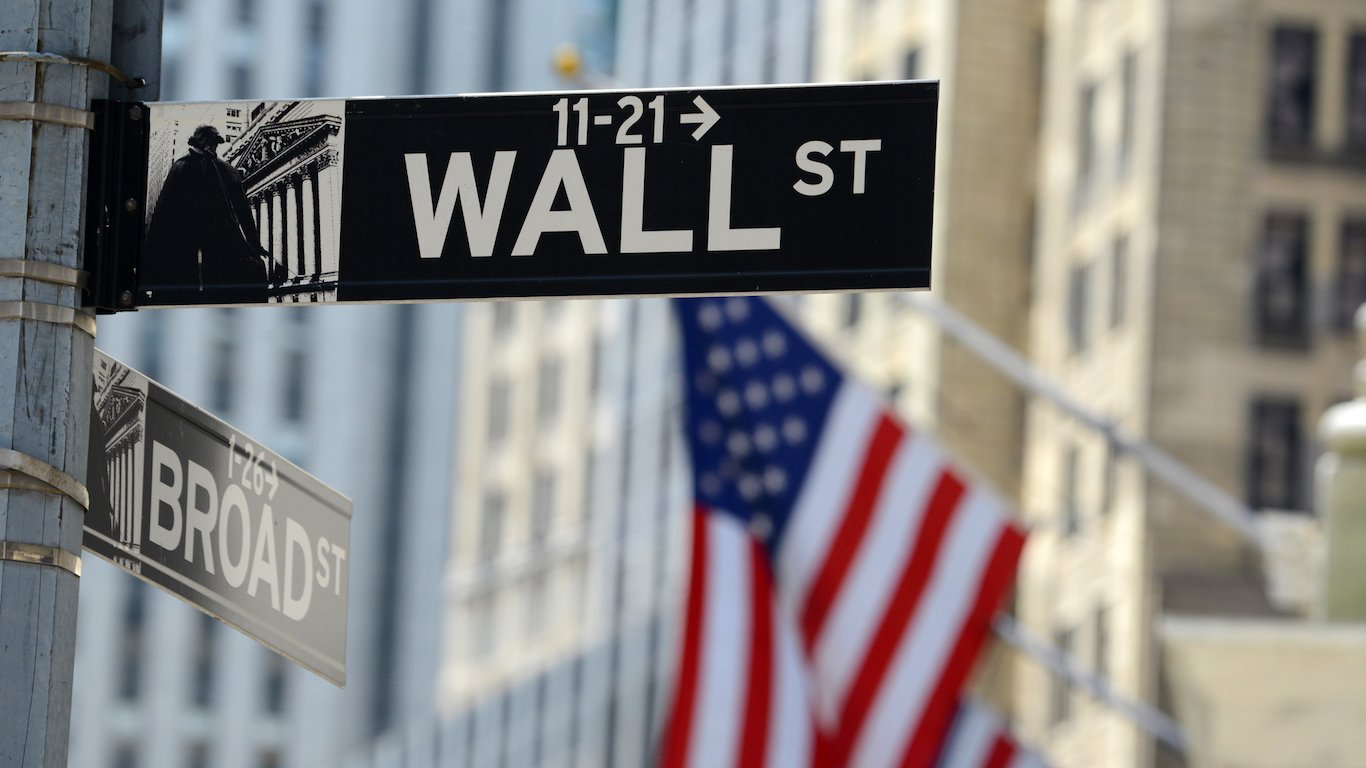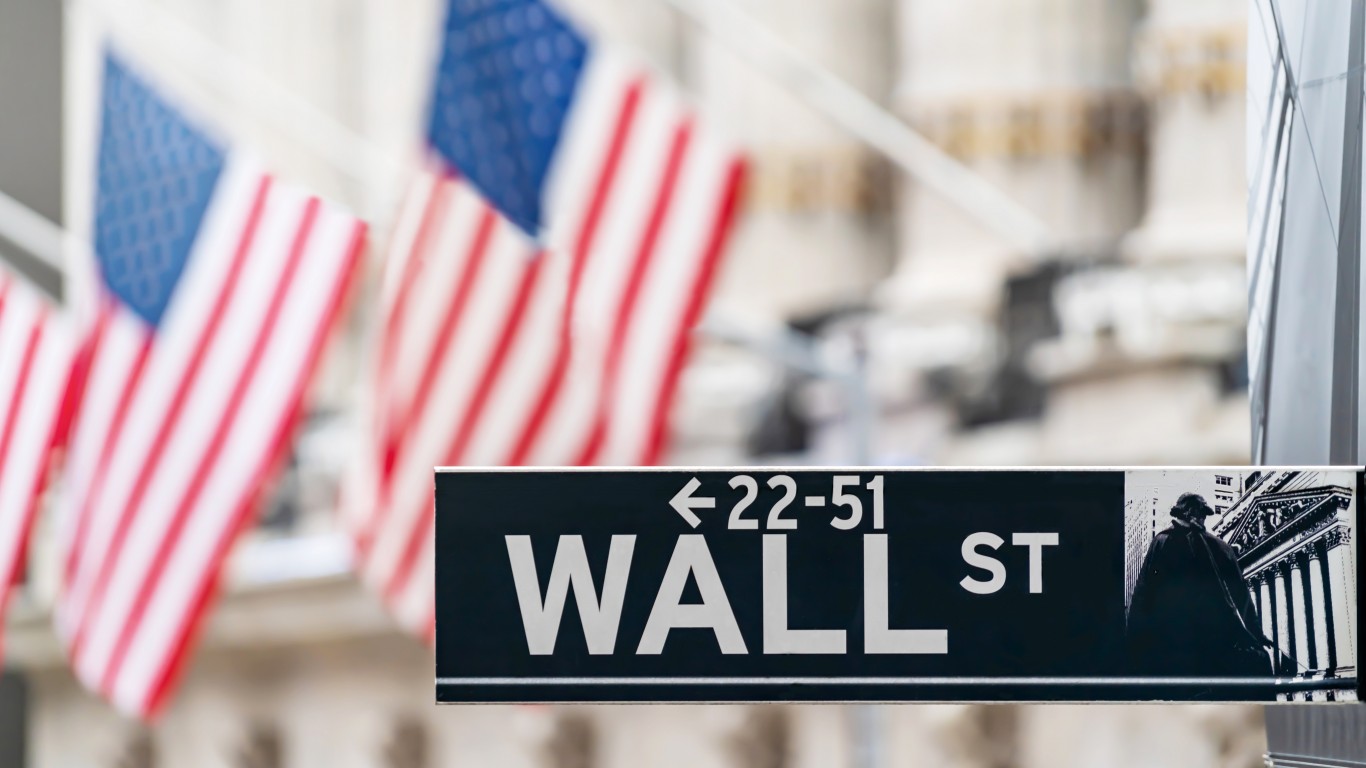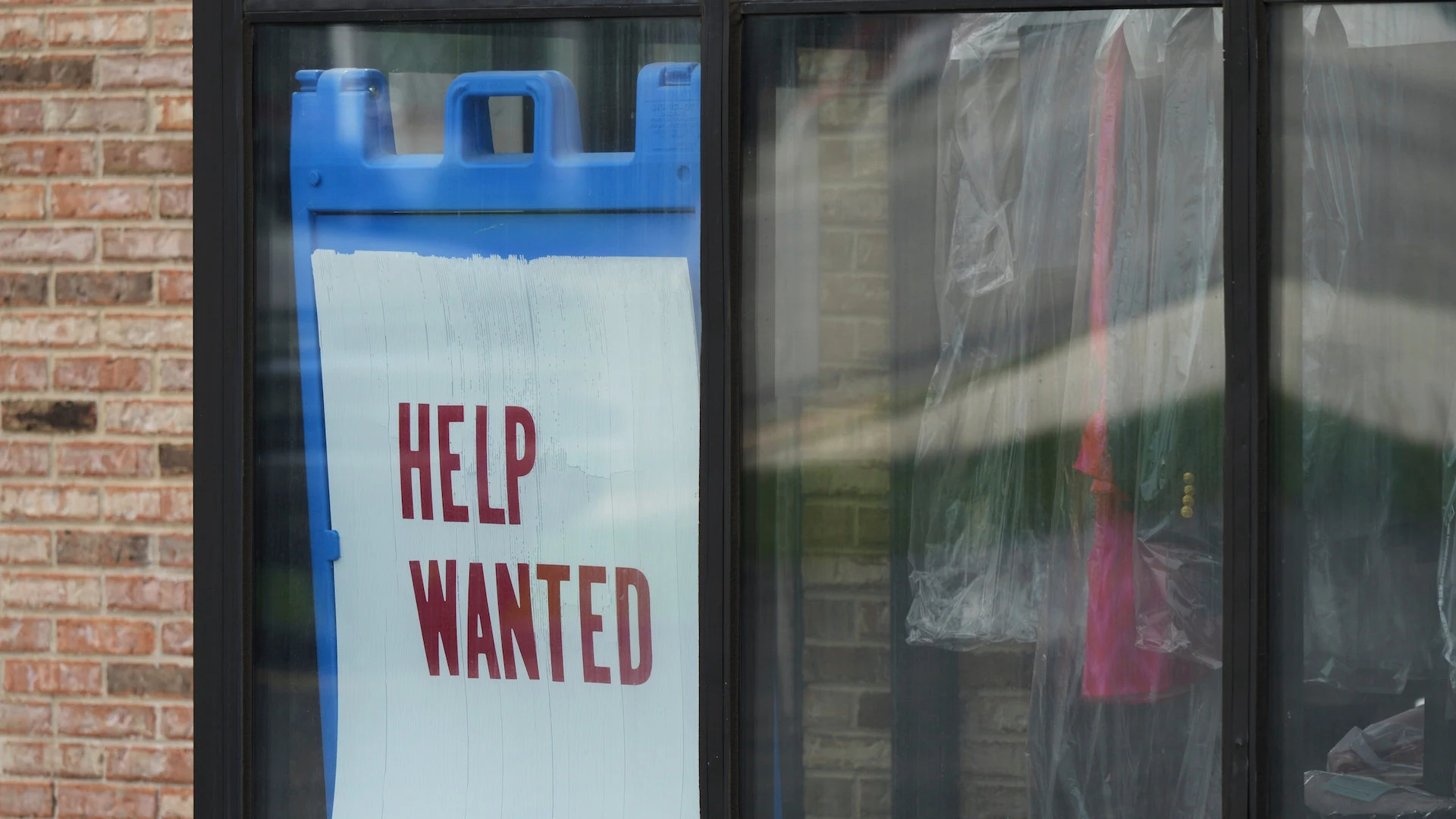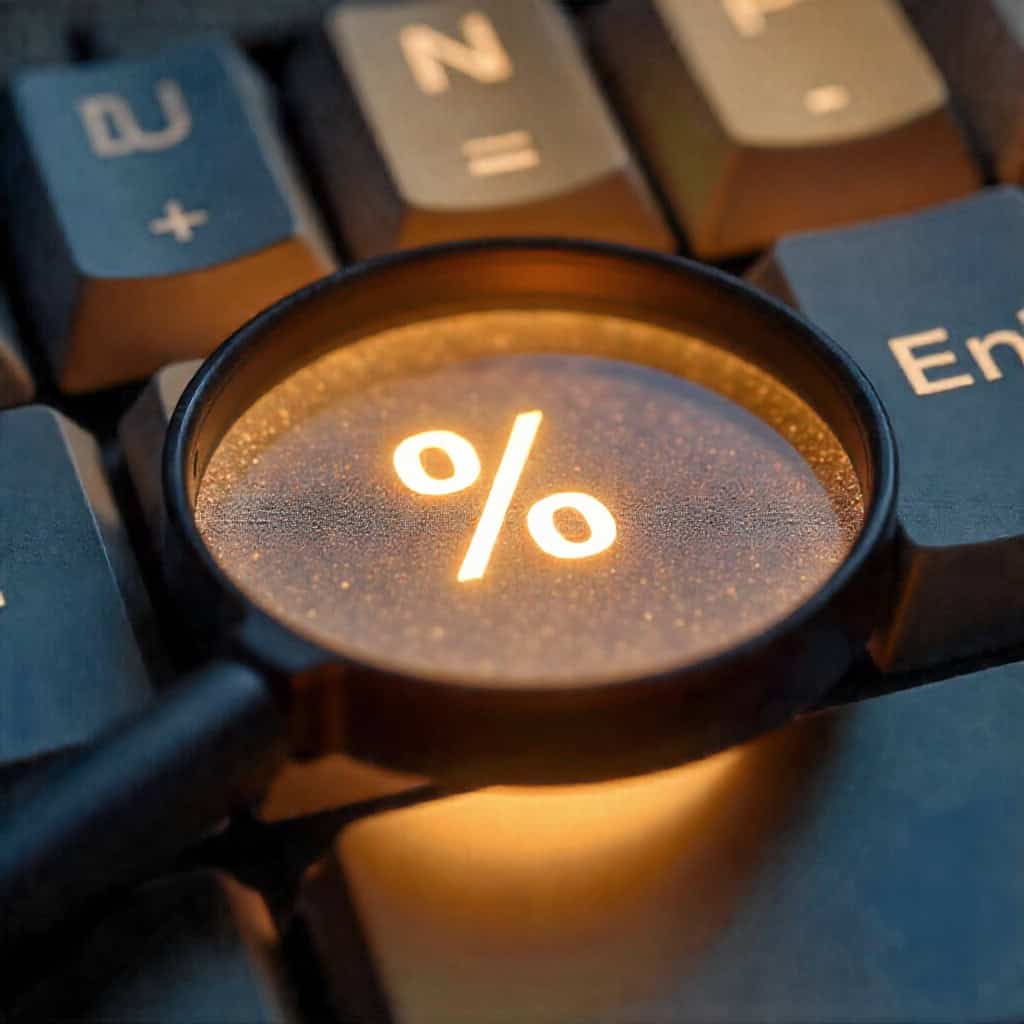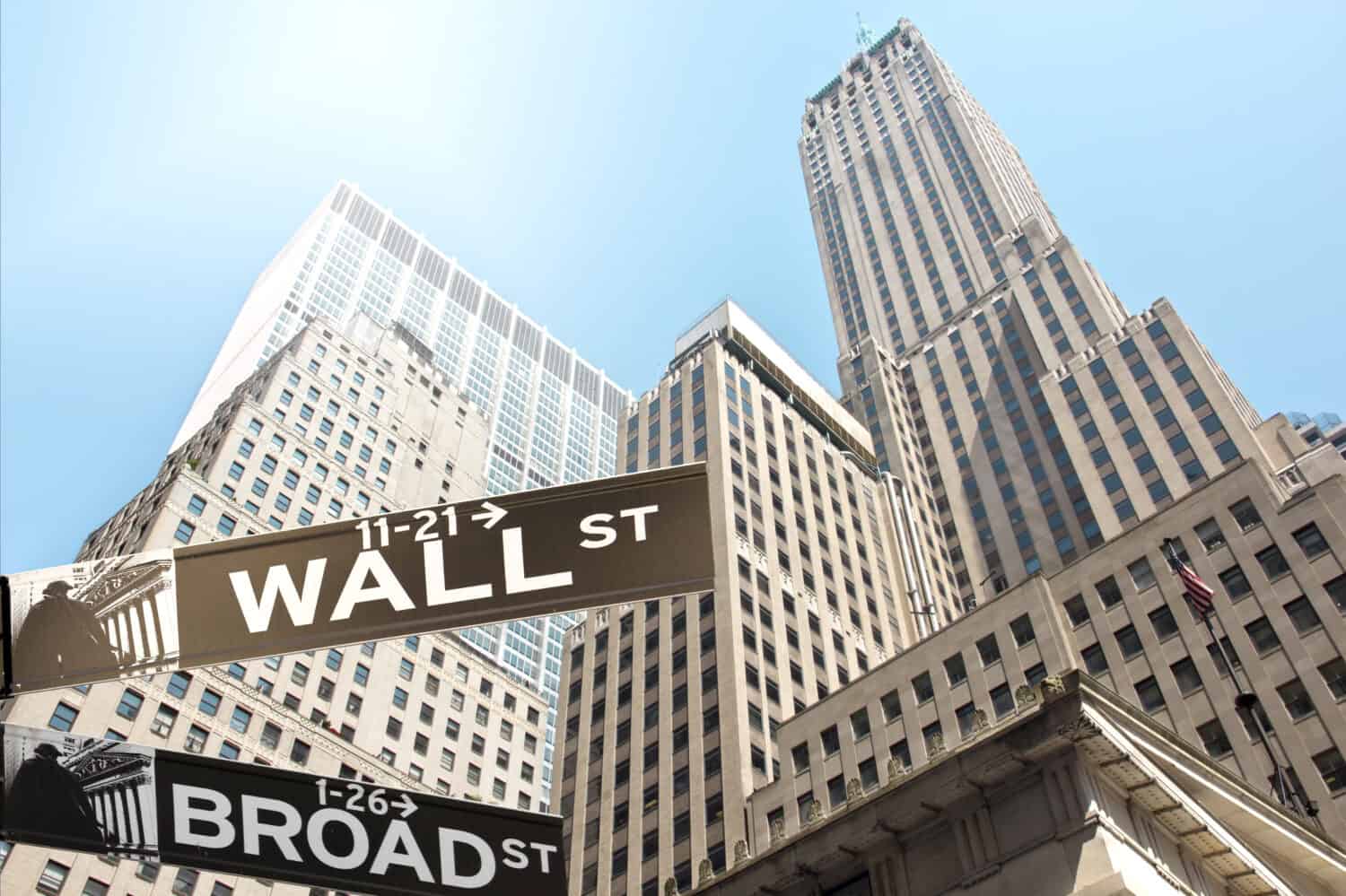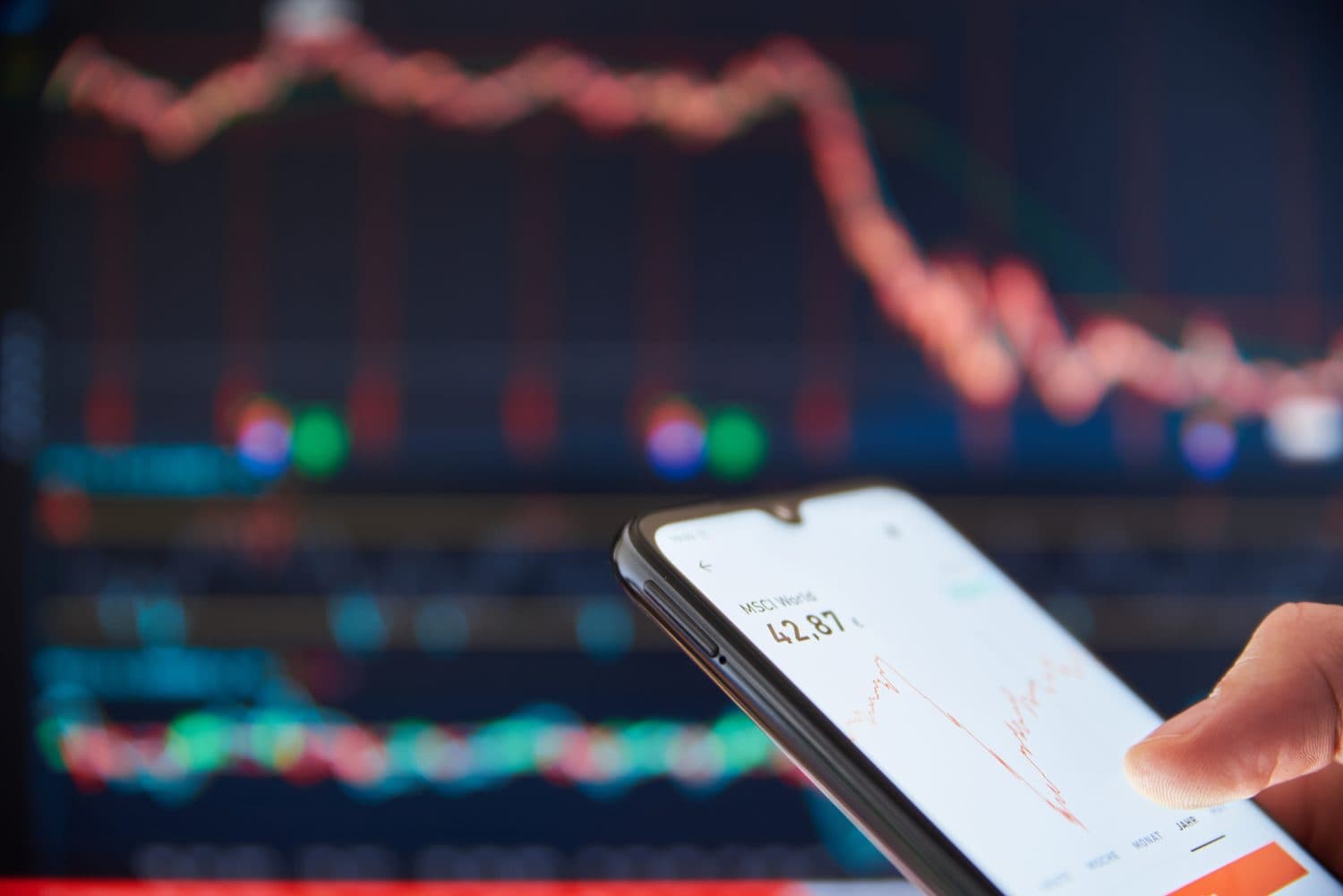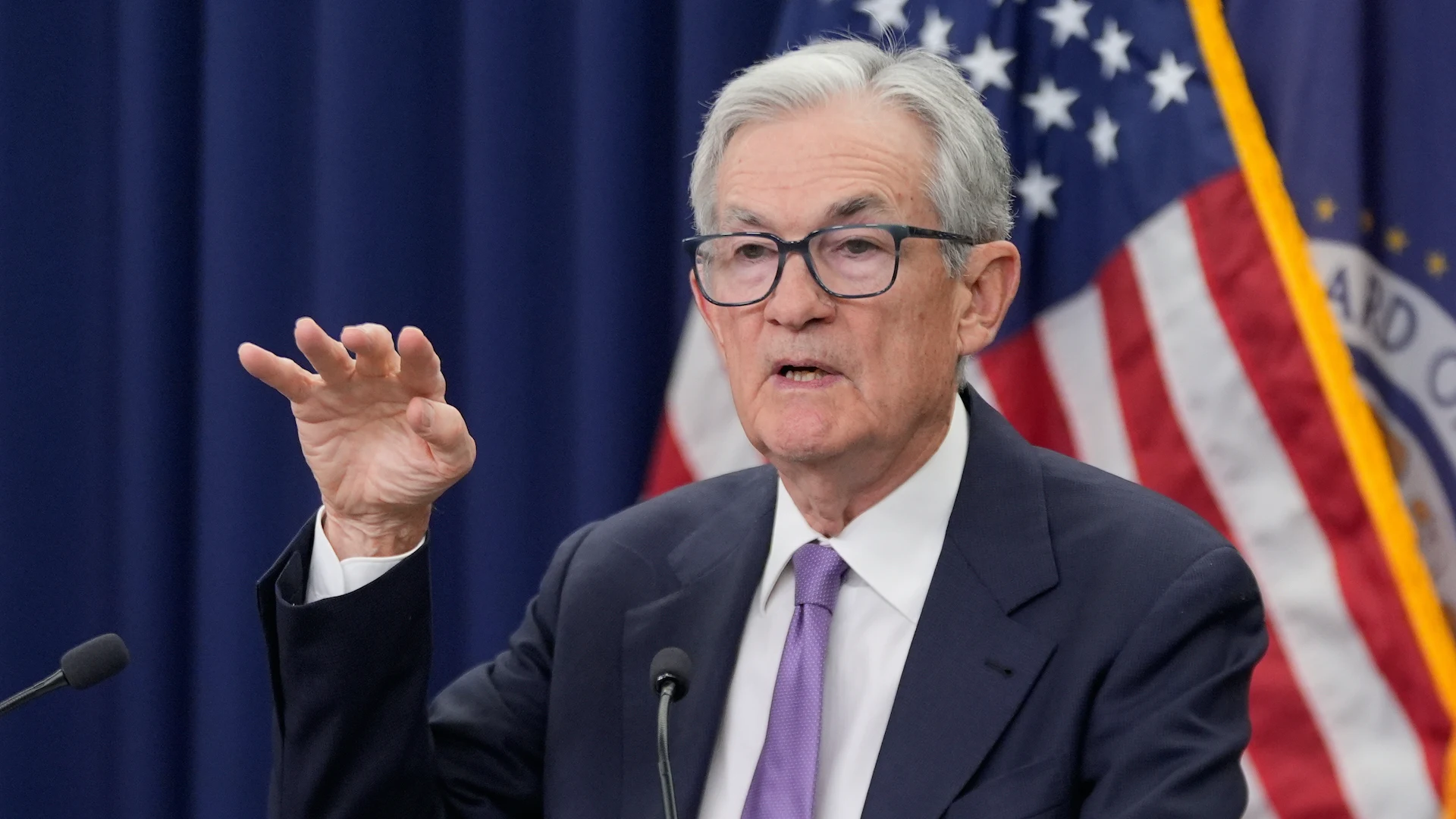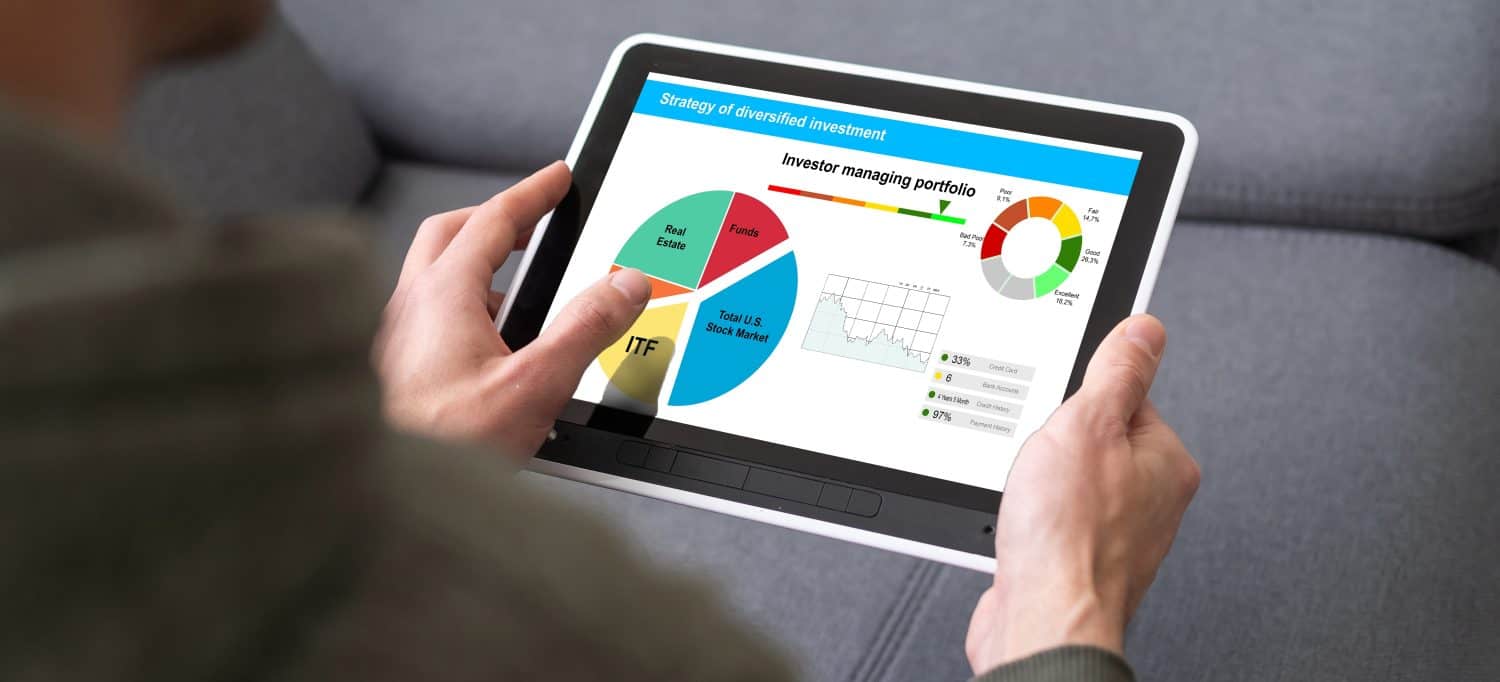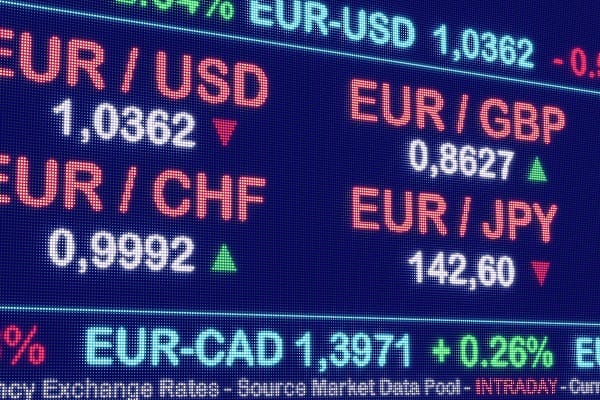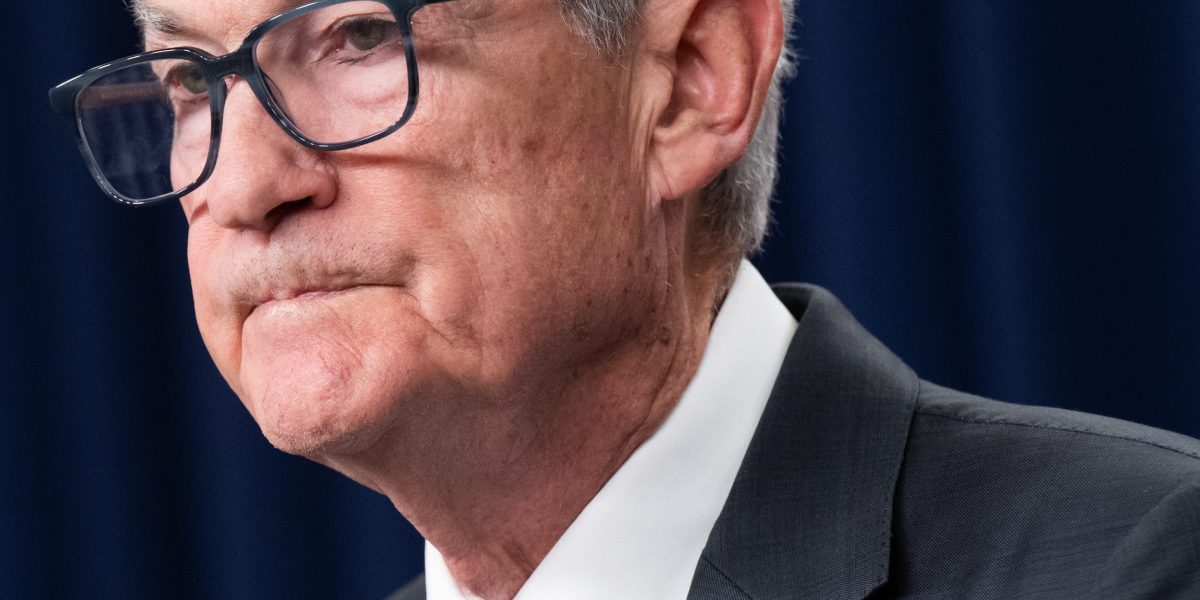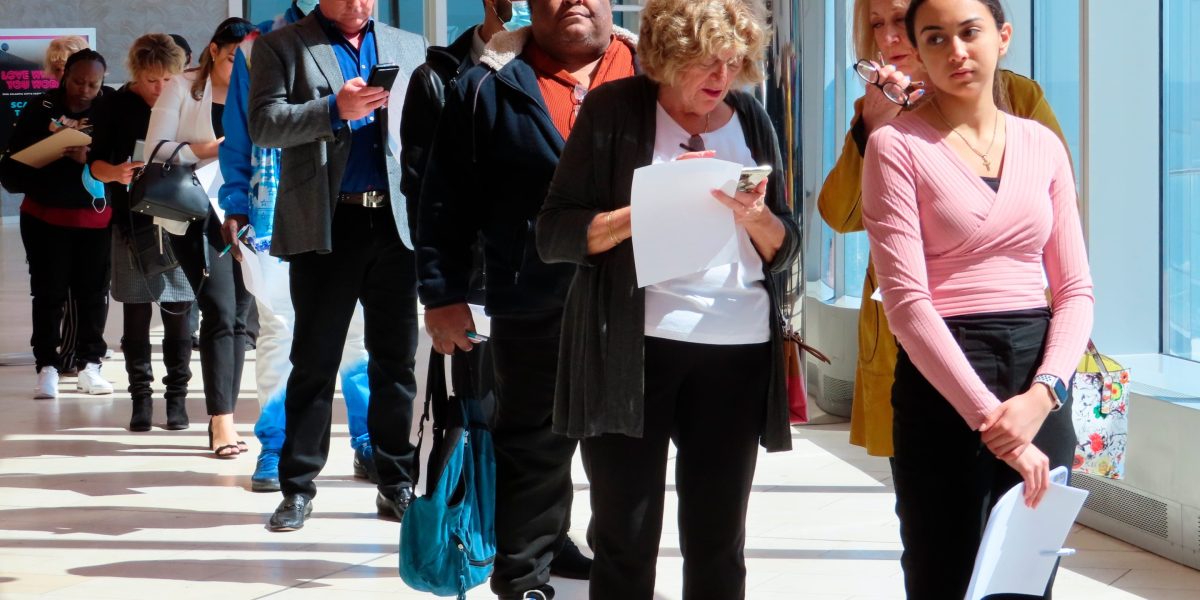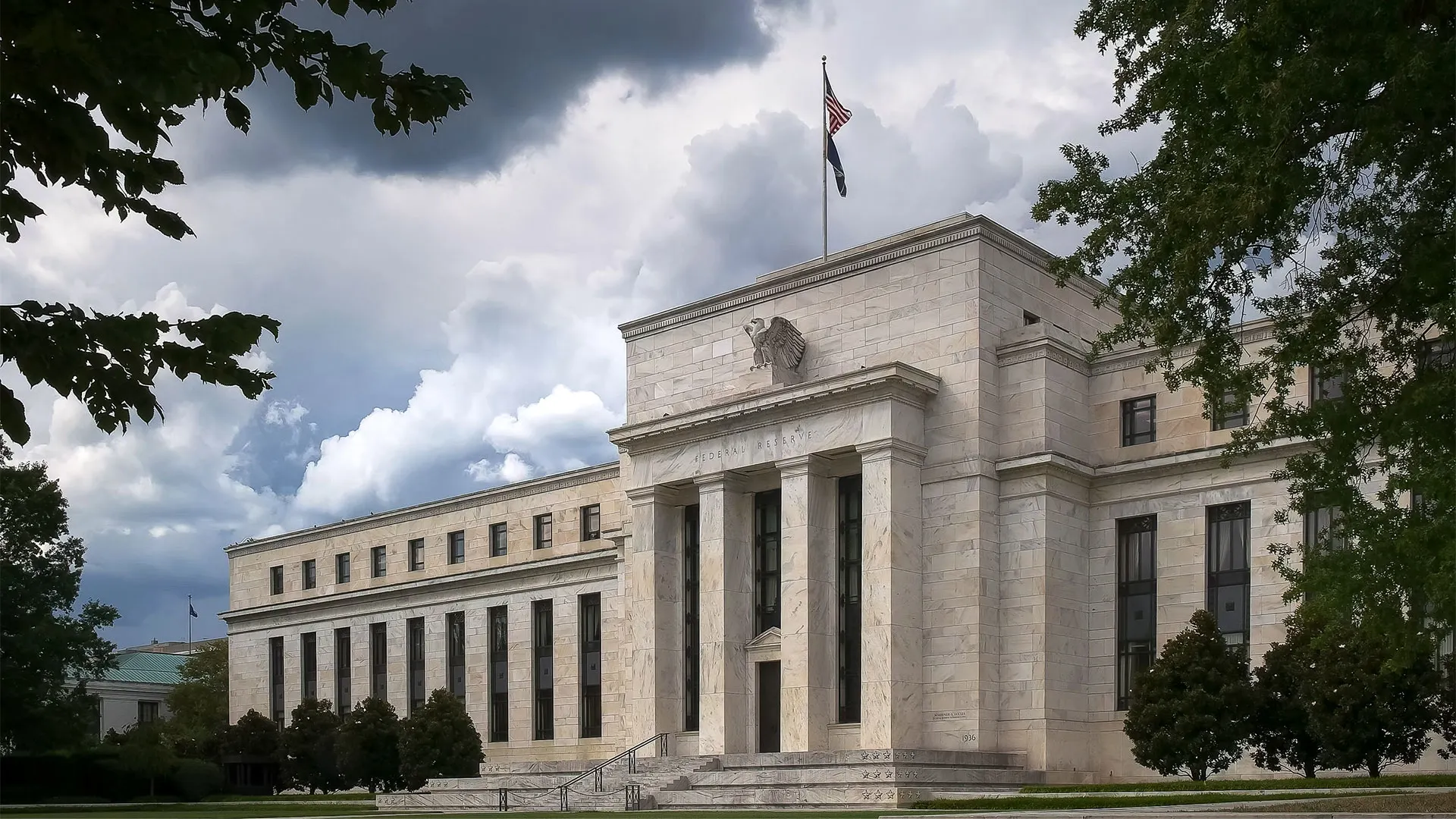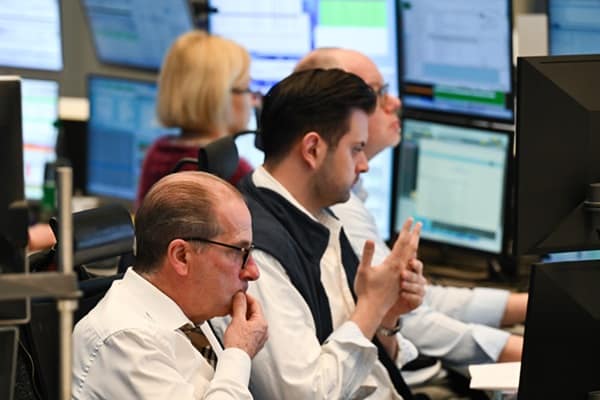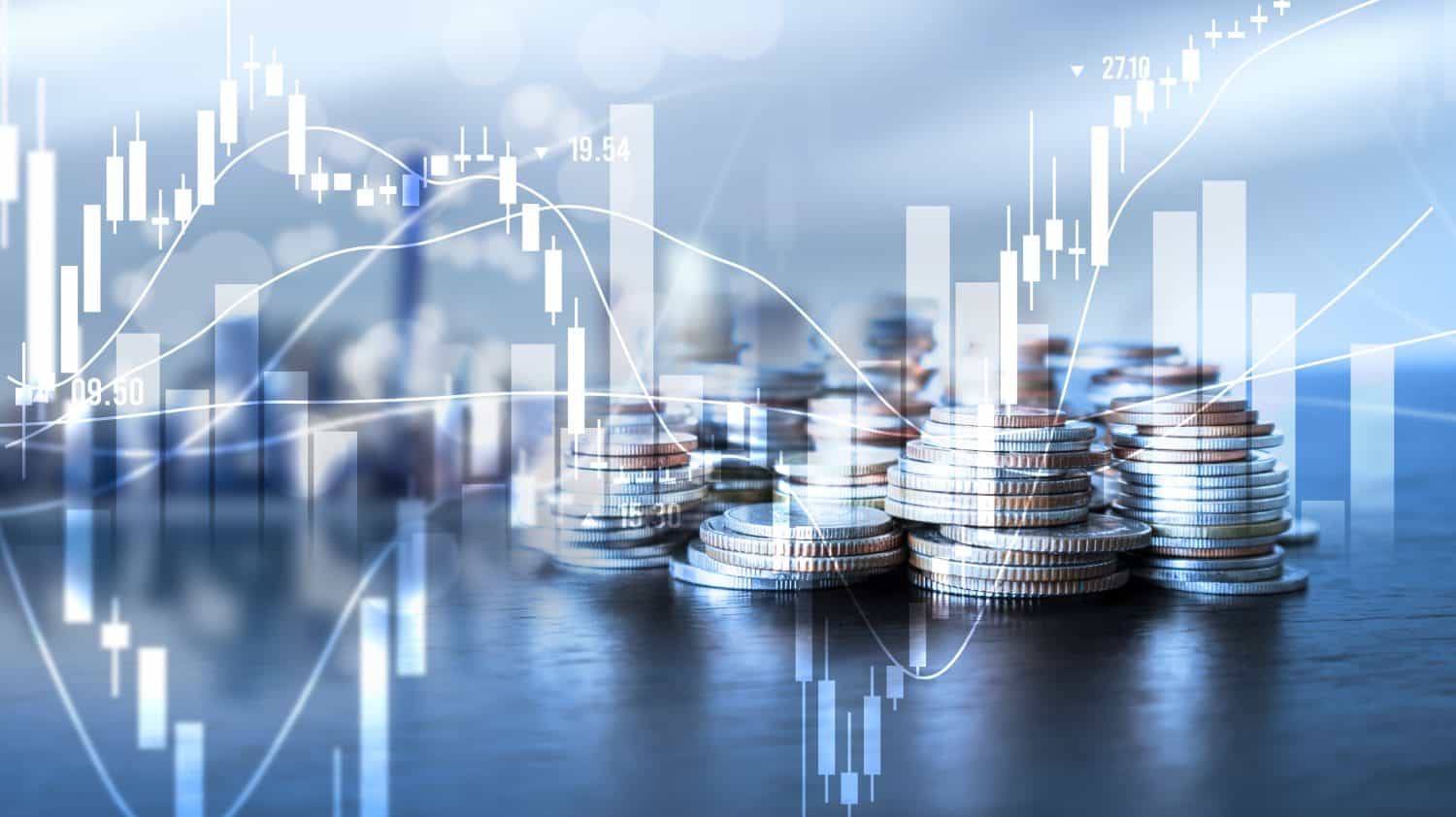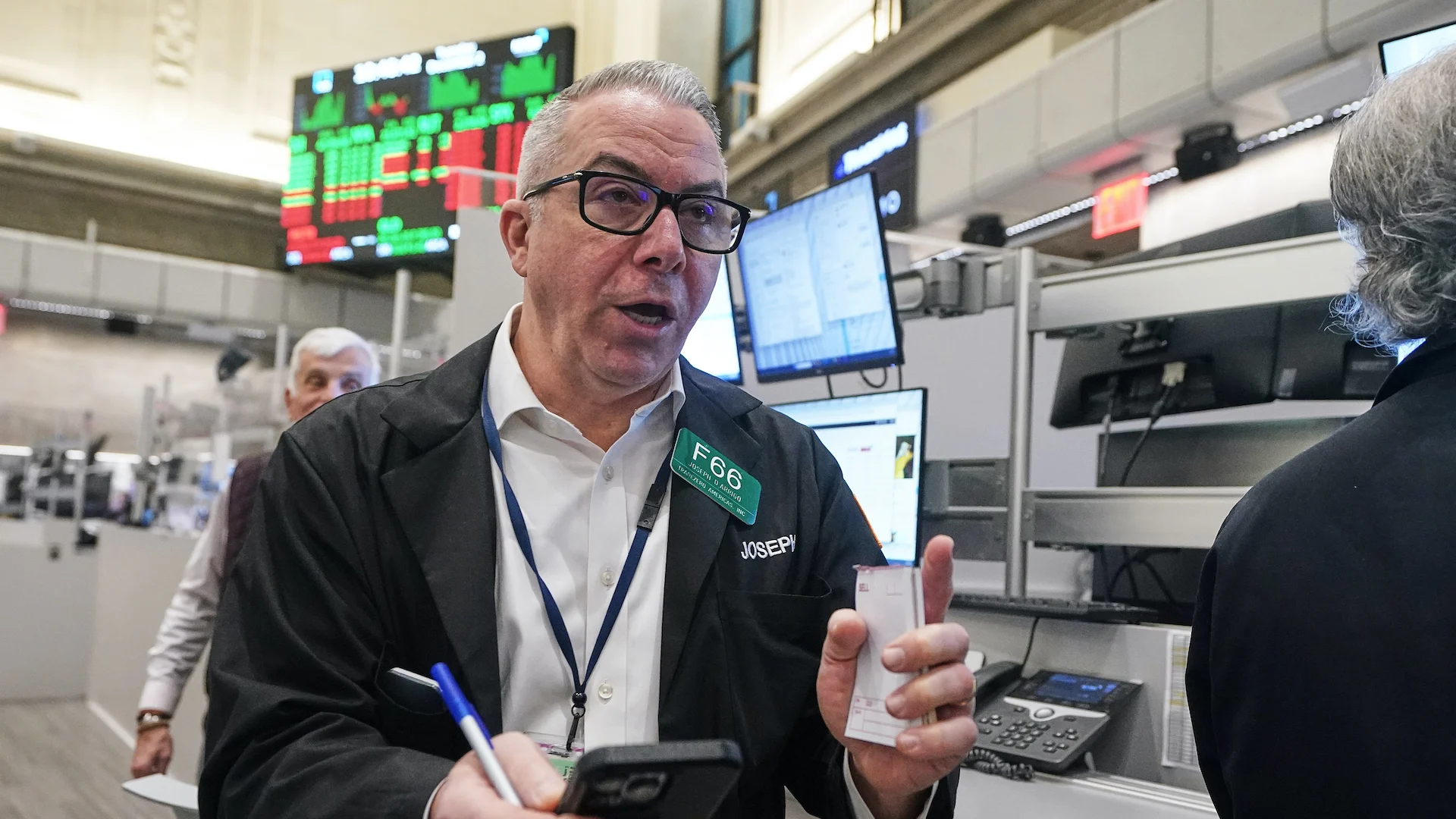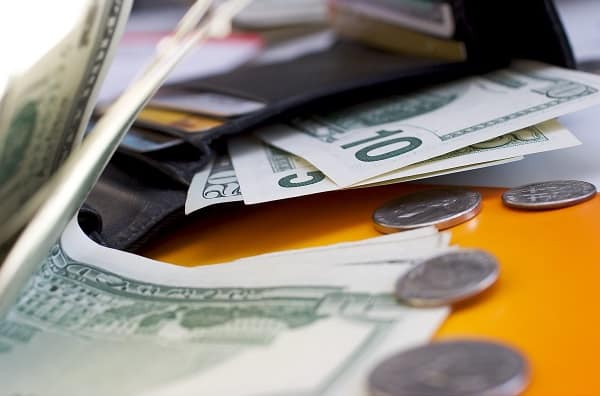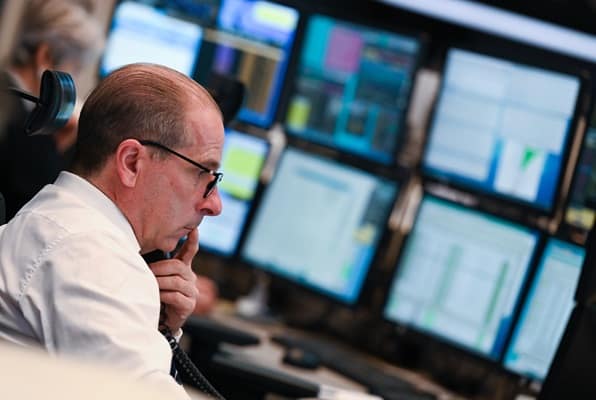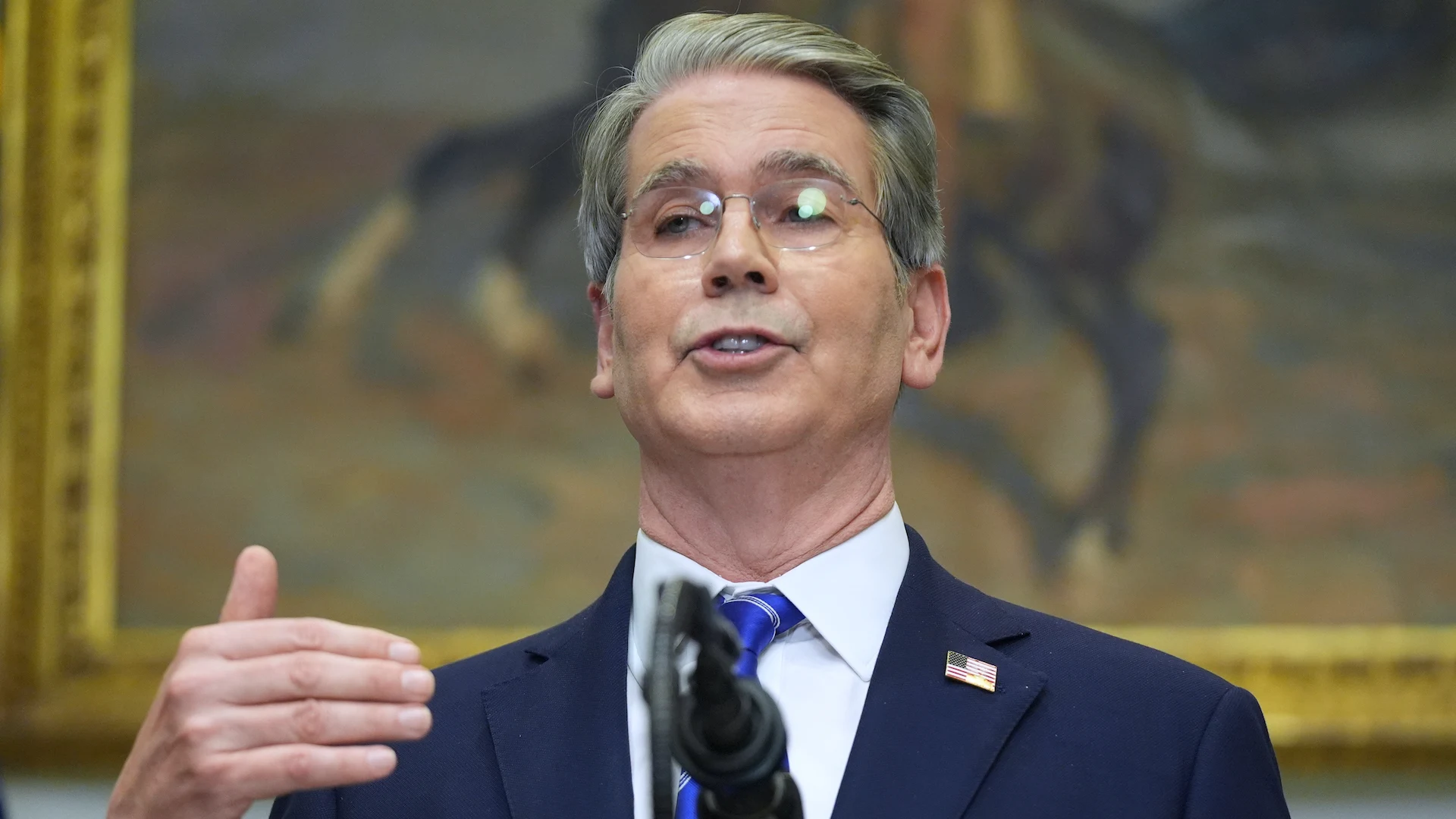#federal-reserve
#federal-reserve
[ follow ]
#interest-rates #inflation #labor-market #monetary-policy #mortgage-rates #bitcoin #treasury-yields #stock-market
fromThe Atlantic
1 day agoThe Fed's Succession Drama
For almost an entire year, Donald Trump has begged the Federal Reserve to slash interest rates and supercharge the American economy. And for almost an entire year, Fed Chair Jerome Powell has barely budged. Now, as the president prepares to appoint Powell's successor, amenability seems to be top of mind. "I don't think he should do exactly what we say," Trump told The Wall Street Journal today of the future chair. But "I'm a smart voice and should be listened to."
US politics
fromFortune
1 day agoThe Fed just 'Trump-proofed' itself with a unanimous move to preempt a potential leadership shakeup | Fortune
The presidents' five-year terms were due to end in February, and prior reappointments have typically come closer to expiration dates as they historically have been routine affairs. But recent suggestions from the Trump administration that new conditions ought to be placed on the presidents raised concerns it was seeking a wider leadership shakeup. Earlier this month, Treasury Secretary Scott Bessent floated a three-year residency requirement for Fed presidents. Days later, National Economic Council Director Kevin Hassett, who is the frontrunner to become the next Fed chair, endorsed the idea.
US politics
Business
fromLondon Business News | Londonlovesbusiness.com
3 days agoGold consolidates as markets brace for Fed guidance - London Business News | Londonlovesbusiness.com
Gold held near USD 4,200 as investors awaited the Fed decision, with geopolitical tensions and central bank buying supporting medium-term bullishness.
fromLondon Business News | Londonlovesbusiness.com
4 days agoSilver nears record highs as Fed cut expectations and tight supplies support rally - London Business News | Londonlovesbusiness.com
Silver rose on Tuesday, trading near all-time highs as markets priced in a nearly 90% probability of a Federal Reserve rate cut this week. Investors remain focused on whether Chair Powell will deliver a "hawkish cut" by signalling caution about further easing in 2026. The updated FOMC Economic Projections will also be closely watched for guidance on the policy path. Expectations for additional cuts next year point to two rate cuts.
US news
from24/7 Wall St.
5 days agoStock Market Live December 8: GDP Growth Forecasts Lift S&P 500 (VOO) Monday
Meanwhile, the news from consumers is more mixed. The University of Michigan's consumer sentiment survey last week showed a 53.3 reading, up 4.5 percentage points sequentially from November but down 28 points year over year. That's not necessarily good news, but it may help to give the Federal Open Markets Committee political cover to lower interest rates at its next meeting, as it's forecast to do on Wednesday. This would please the stock market - a second reason for the Voo to be up this morning.
US news
fromLondon Business News | Londonlovesbusiness.com
1 week agoStocks drift up, Ocado up on Kroger retrenchment - London Business News | Londonlovesbusiness.com
Layoff announcements this year top 1.1 million, the most since 2020 when the pandemic hit, according to the Challenger jobs report, which has taken on a bit more significance lately due to the patchy official labour market data in the wake of the US government shutdown. The firm said layoff plans hit 71,321 in November, a down from the huge (22yr high for the month) cuts announced in October...the 1.17mn total is 54% higher than the same 11-month period a year ago
World news
Miscellaneous
fromLondon Business News | Londonlovesbusiness.com
1 week agoEuropean stocks higher amid German factory orders beat - London Business News | Londonlovesbusiness.com
US core PCE inflation will likely decide Fed December rate-cut expectations, influencing market moves, the dollar's path, and precious metals outlook.
US news
from24/7 Wall St.
1 week agoHere Are Thursday's Top Wall Street Analyst Research Calls: AutoZone, BXP, Fiserv, Meta Platforms, PayPal, Salesforce, Toast and More
Weak ADP private payrolls pushed Treasury yields lower and made a 25-basis-point Federal Reserve rate cut next week highly likely, lifting stocks and energy prices.
fromBitcoin Magazine
1 week agoA Pivotal Moment For Bitcoin Price
As the Federal Reserve prepares to end Quantitative Tightening (QT), the bitcoin price stands at a critical macroeconomic inflection point. With odds for a December rate cut now pricing it in as almost a certainty, the stage is set for a potential shift in monetary policy that could fundamentally alter the trajectory of Bitcoin and broader risk assets. History suggests that when the Fed's balance sheet stops contracting, Bitcoin typically experiences significant bullish catalysts.
World news
fromFortune
1 week ago'The Fed went to sleep' says top economist Mohamed El-Erian, who wants to see central bank reformed and presidents to 'cool it' | Fortune
"This Fed went to sleep," El-Erian, president of Queens College at the University of Cambridge, told CNBC. He said the independent central bank needs to admit it made some mistakes: It needs to think about scenario analysis as opposed to point estimates, it needs to look more closely at supply-side economics, and it needs to improve its culture of compliance.
US politics
[ Load more ]

